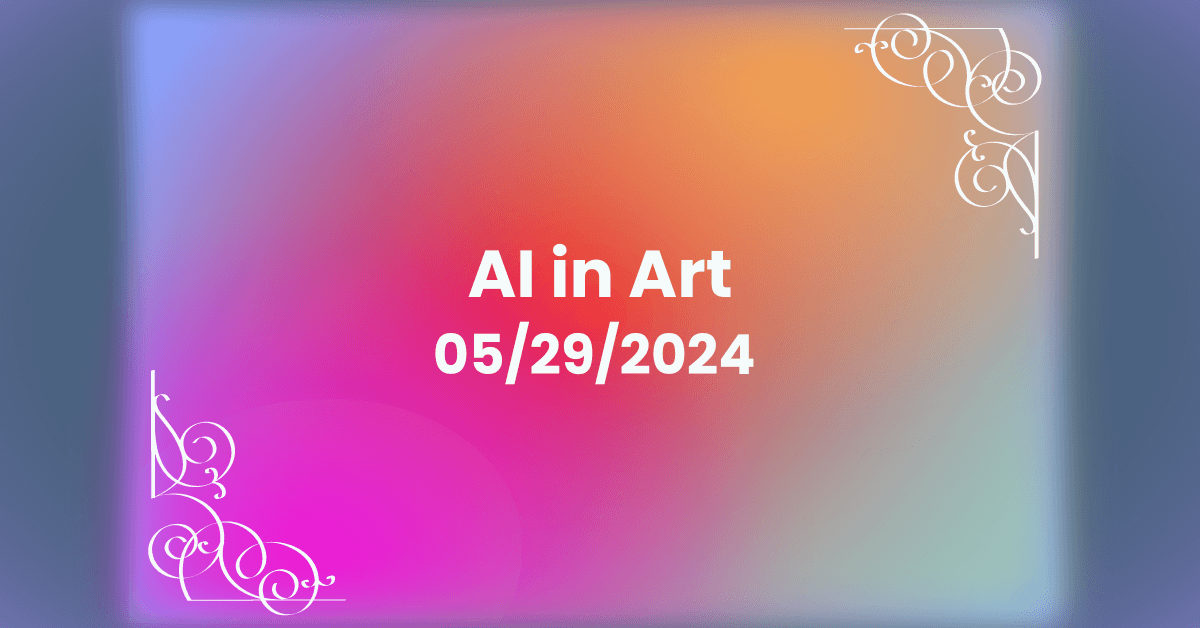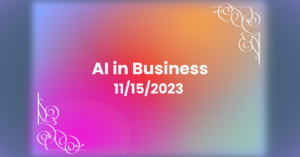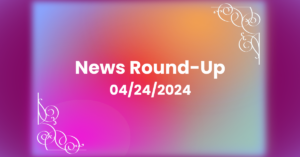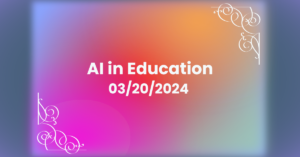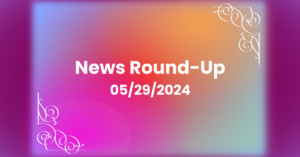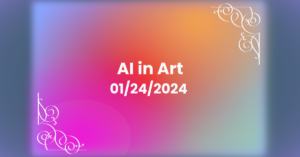Is There a Symbiotic Relationship Between Art and AI?
As we approach a world in which AI creations seem destined to dominate the artistic landscapes, Martin Nebelong advocates for harnessing such tools like Adobe Firefly rather than succumbing to fear.
He’s challenging the prevalent ‘slot machine’ effect of generative AI tools, arguing for a symbiotic relationship between artists and algorithms. A viewpoint that this writer and artist is becoming more and more open to. Nebelong envisions AI as an ally, enhancing workflows and sparking new ideas while preserving the essence of human imagination.
However, he acknowledges the issues surrounding the training data of AI systems, highlighting the ethical and legal implications of using copyrighted material. Despite the ongoing debates and legal battles, Nebelong believes that generative AI is here to stay, and of that I’d have to agree. He calls upon creatives to shape the future of AI art, ensuring that it serves as a tool for innovation rather than a threat to artistic integrity. To which I say, “Here here!” 🍻
While it’s undeniable that AI offers instant results, it goes without question that it tends to innately undermine the time, effort, and emotional investment traditional artists pour into their work by default. Many artists lament the disregard for artists in a society driven by the novelty and cost-cutting of instant gratification via AI art.
Despite the allure of AI convenience, the essence of true artistry still lies in the human touch, the journey of practice and failure, and the embrace of imperfection. I want to encourage aspiring artists to embrace their creative journey, acknowledging that true artistry transcends mathematical and computational perfection and is a deeply personal expression of our experiences and viewpoints.
Taking an optimistic stance, I’ve rather enjoyed delving into the intersection of Surrealism and AI art of late, drawing parallels between the two movements’ dream-like qualities. I’d also challenge others to explore how AI-generated images tend to echo the Surrealist themes of the subconscious, despite their lack of human understanding.
Through discussions with other artists and theorists, we might even further examine the implications of AI art for creativity and identity And just how much does AI’s brand of surrealism say about the machine behind the pictures? Who’s to say at this juncture, but it’s fantastic food for thought.
And let’s not forget the recent HAI conference, where the potential of AI to enhance creativity in various art forms was explored, exemplified by projects like DeepMusic.ai, which pairs musicians with AI engineers to create compositions beyond human capability. The conference emphasized AI’s role as a bridge between art and science, facilitating buzzworthy notions of “super-creativity” while attempting to preserve human involvement.
Meanwhile, Ken Goldberg’s work on robotics and art highlighted the long-standing fascination and anxiety around emergent technologies, with ongoing efforts to navigate the “uncanny valley” and amplify human engagement. While Michele Elam proposed the concept of “artful intelligence,” advocating for mutual enrichment between AI and the arts.
Whereas Rashaad Newsome underscored the importance of understanding and addressing biases in AI algorithms, particularly in racial contexts, through projects like Being 1.0 and 1.5. Ultimately, the conversations centered on the potential for AI to challenge existing paradigms in art and society, while also raising ethical and social considerations that demand careful navigation. The future of AI in art is all but guaranteed, now what will we do with it?

